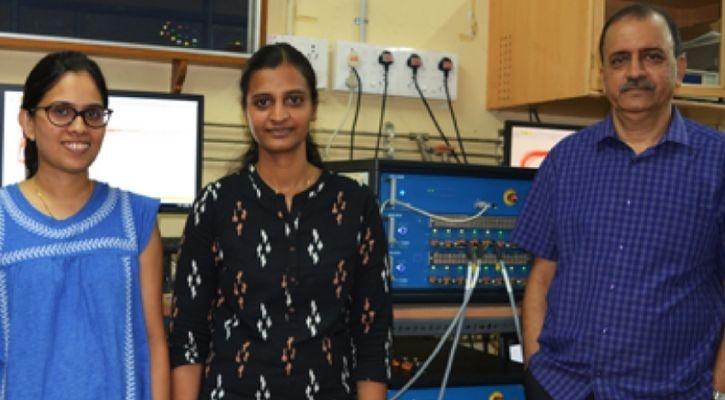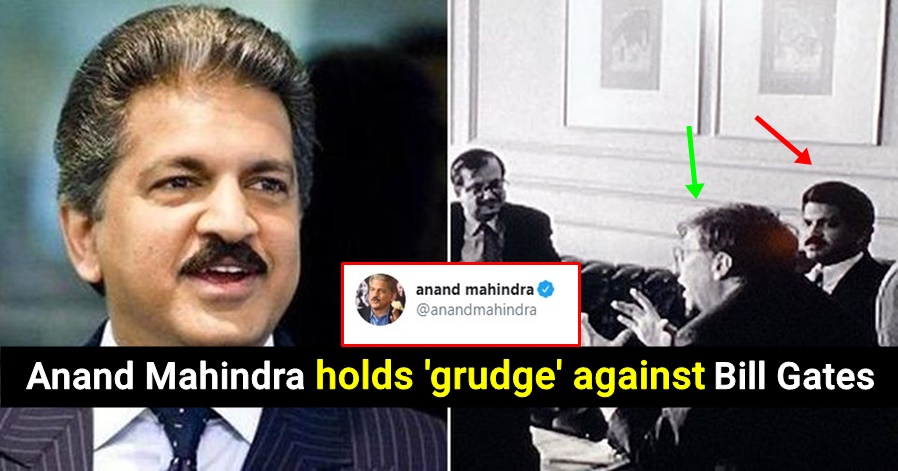No products in the cart.
IIT Madras team builds World’s first Iron-Ion Battery, a Grand Salute to the team
Batteries play a substantial role in today’s world and without these pieces, electronic gadgets wouldn’t work. It should be noted that mobile phones, cars, gadgets are powered by Lithium-Ion batteries.
On the contrary, Lithium-Ion battery tech has its own setbacks and the price is one thing and also it gets overheated while charging rapidly. Studying all these properties and to bring in a new product in the market, a research team at IIT Madras has officially developed the world’s first ‘iron-ion’ battery.

The battery is built using an anode made from low-carbon steel along with a cathode of vanadium pentoxide that will help the movement of the iron ion due to its larger gap. Besides all this, the iron-ion battery is equipped with an electrolyte which is made using iron chlorate.
Iron-ion battery is certainly going to be a game-changer as it is cheaper to manufacture and then it also consists of effective storage capacity.
Iron is also not as expensive as other metals and it is also easily available than Lithium and Iron-ion battery remains more stable.
One more advantage is that Iron-ion batteries are much safer than lithium-ion batteries as they don’t form ‘dendrites’ during the charging process because of this significant feature, it prevents short-circuiting of the batteries.
In addition to that, the manufacturing lithium-ion batteries can only be performed or done in a controlled environment, owing to its highly sensitive and volatile nature. But in case of Iron-ion batteries, it doesn’t require anything like that as it can be deftly manufactured at ambient environments itself.
One more interesting thing about this made-in India batteries is the continued possession of power even after multiple charge cycles. Researchers also tested the performance of iron ions battery for about 150 cycles in two ways (charging and discharging) where the results disclosed pretty good stability numbers with 54 per cent capacity retention after the completion of 50 cycles.
While the battery is still in its initial stages, with a bit more research and experimentation they should be able to get good performance numbers more than lithium-ion batteries these days











